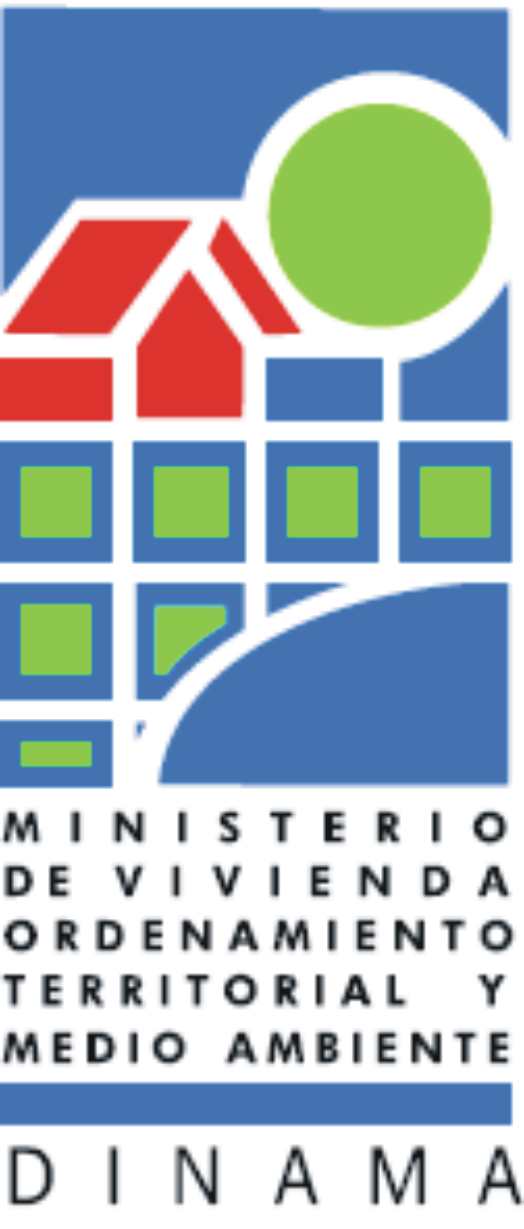Implementation of Climate Change Adaptation measures in Coastal Areas of Uruguay
Project Overview
The project aimed to put in place adaptive land planning and coastal management policies and practices to enhance the resilience of Uruguay’s coastal ecosystem to climate change, removing obstacles for adaptation in the process.
The project’s general objective was to promote the adaptation measures necessary to protect coastal wetlands and international waters of the Rio La Plata Estuary from the impacts of climate change, through the sustainable use of coastal resources, one of the main environmental assets of the country.
These adaptation measures were aimed at increasing the resilience of coastal resources to climate change, by building upon climate change vulnerability and adaptation assessments already carried out as part of Uruguay’s national communications and national studies, and are included in the country’s Second National Communication to the Convention.
Project Details
Wetlands occupy 3% of Uruguay's total territory, which are significantly concentrated in coastal areas. In all of Uruguay's natural environments, wetland ecosystems are among the richest in terms of diversity and wild flora and fauna. The high productivity of these water-dominated ecosystems supports very large populations of wildlife, especially mammals, birds, and fish, as well as large extensions of unique botanical communities dominated by grasslands, macrophytes and palms. Bañados Del Este wetlands continue to be under serious threat because of historic unsustainable land-use practices that have deteriorated its ecological integrity, many of which continue today.
Wetland loss and degradation have occurred because of the large-scale development of rice fields, and the coastal areas have been deteriorated because of tourism encroachment and urban development (Canevari et al. 2001). The habitats present in Uruguay do not occur in isolation from each other but are marked by localized geographic features including rocks, hills and small ravines. This contributes to a highly-branched hydrological network and the importance of coastal wetlands is due to the high biological productivity taking place there.
The diversity of habitats and the complex array of transitional areas result in large diversity of species. Low-lying coastal areas and tidal flats are also particularly vulnerable to climate change as storm surges and tides can impact inland freshwater bodies and groundwater. Similarly, coastal waters linked to the Mar del Plata estuary are also increasingly vulnerable to the impacts of increased freshwater discharge and of land based sources of marine pollution.
Key Results and Outputs
- Level 1) Information Gathering, Identification and Monitoring of critical exposed elements of coastal ecosystems and human settlements, including the provision of timely climate risk information, the identification of critical “hot-spots” or priority areas for the application of adaptation measures geared to monitor and reduce land-based sources of marine pollution, to increase the resilience of exposed assets and infrastructure-particularly in the tourism industry and to protect and restore critical coastal ecosystems- particularly wetlands from the impact of climate change.
- Level 2) Identify barriers to adaptation in coastal areas of Uruguay, design policy interventions for their effective and efficient removal, for the improved understanding of current and future climate risks and design pilot adaptation measures and capacity development packages for priority sectors and key stakeholders.
- Level 3) Incorporate Adaptation Policy into existing National Sustainable Development Policy, through targeted approaches to key sectors such as the tourism industry and other potentially vulnerable sectors to the impacts of climate change in Uruguay. Contribute to a National Adaptation Strategy for Coastal Areas in Uruguay, with an Action Plan designed to promote adaptation measures for critical exposed systems.
Reports and Publications
Assessments and Background Documents
Uruguay- Second National Communication 2004 English (Executive Summary)
ProDocs
Monitoring and Evaluation
The progress made towards the achievement of the project's objectives is related to the involvement of key stakeholders, including policy and decision makers, municipal authorities and staff, the private sector, academia and coastal communities. Emphasis was made on increasing their awareness and understanding about the potential impacts of climate change on coastal areas and adaptation needs. In this context, the project participated in the creation of the Sistema Nacional de Respuesta al Cambio Climático, putting climate change as a high priority on the national agenda and recognizing the need to mainstream climate change into the national development strategy. This system is structured to coordinate national actions for mitigation and adaptation to climate change. It is made up of the following two bodies: the Coordinator Group with high-level representatives of Ministries, Municipalities, the Planning and Budget Bureau and National Emergency System; and the Advisory Committee with technical representatives from government, the private sector, academia and NGOs. The project also supported the integration of adaptation to climate change in land use plan proposals under consideration by the coastal departments of Colonia and Canelones. Finally, technical reports valuable to the project and aiming to mainstream climate change adaptation into national development plans were produced.


